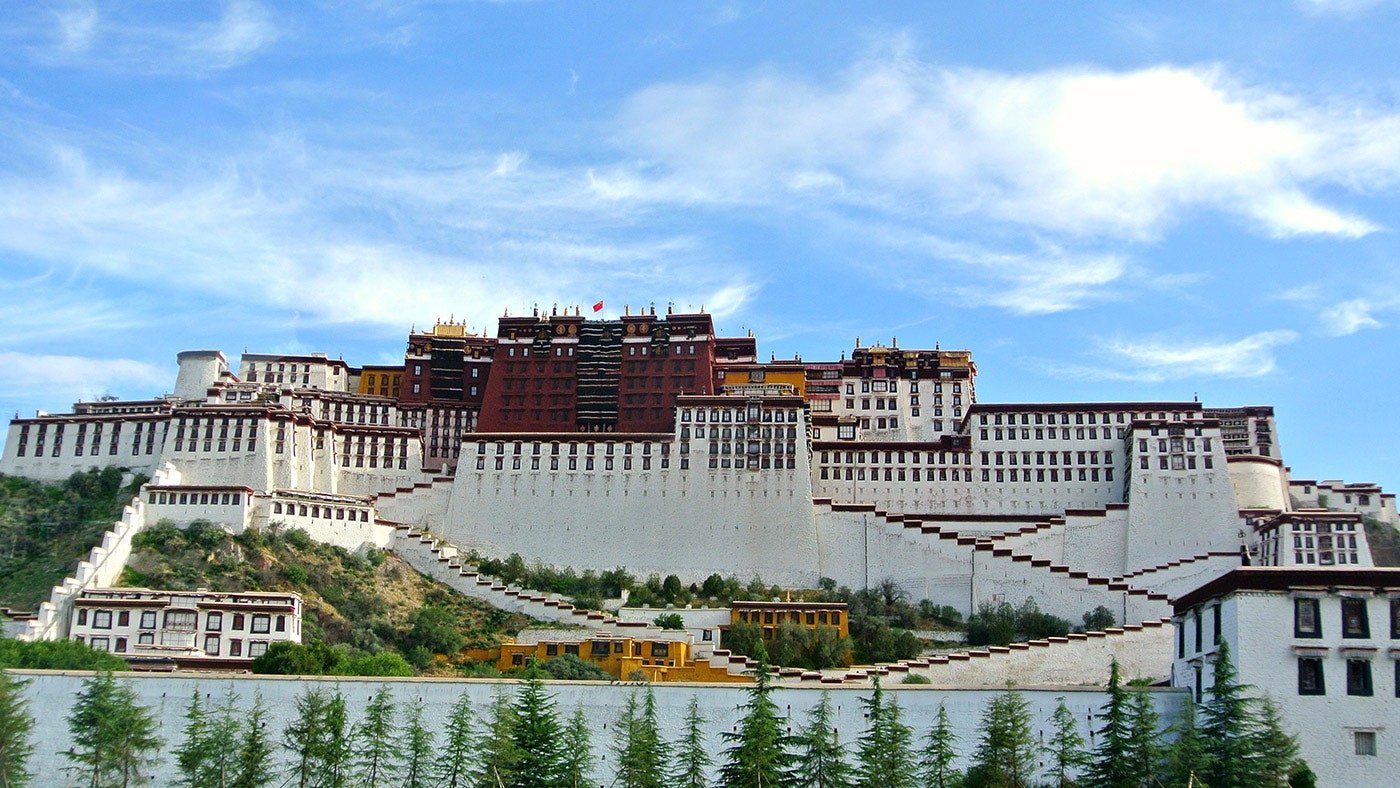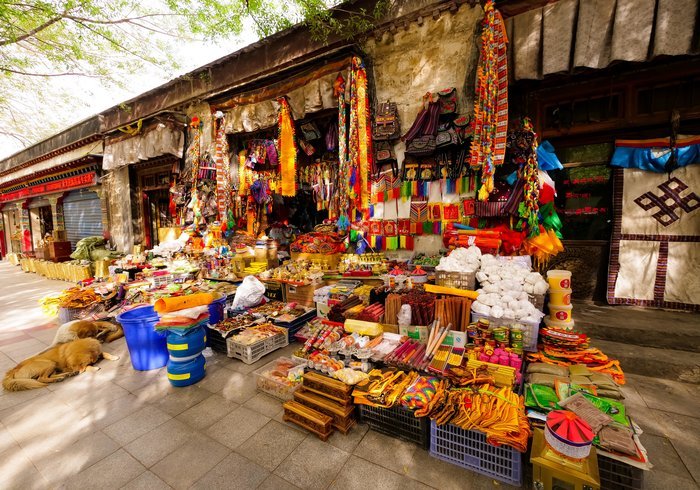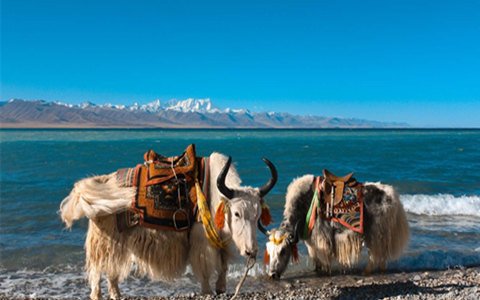Seasonal Secrets: The Best Time To Visit Lhasa Revealed

Executive Summary

Lhasa, the captivating capital of Tibet, beckons travelers with its rich history, vibrant culture, and breathtaking natural beauty. To fully immerse oneself in the essence of this sacred city, careful consideration of the ideal time to visit is crucial. This comprehensive guide unveils the intricacies of Lhasa’s seasons, revealing the best time to embark on a transformative journey through this Tibetan gem.

Introduction
Nestled amidst the majestic Himalayas, Lhasa stands as a testament to Tibet’s enduring spirit. Its awe-inspiring monasteries, ancient temples, and vibrant markets captivate visitors, while the surrounding mountains provide a stunning backdrop for exploration. Whether seeking spiritual enlightenment, cultural immersion, or breathtaking landscapes, Lhasa offers an unforgettable experience. However, the timing of your visit can significantly influence the quality of your journey. This guide provides invaluable insights into the distinct seasons of Lhasa, ensuring that your pilgrimage to this sacred city is truly memorable.
Spring (March-May): Unveiling Lhasa’s Vibrant Awakening
As winter’s grip loosens, Lhasa bursts into life during springtime. The city’s parks and gardens awaken, adorned with vibrant blooms of peach, apricot, and pear blossoms. The air is filled with the sweet fragrance of flowers, creating an enchanting atmosphere. This season offers pleasant temperatures, making it ideal for leisurely strolls through Lhasa’s historic streets and exploration of its sacred sites. However, be prepared for occasional rain showers that can add an element of charm to your journey.
- Key Points:
- Mild temperatures and limited rainfall provide a comfortable climate for exploration.
- Breathtaking natural beauty with blooming flowers and lush greenery.
- Ideal time for outdoor activities such as hiking and sightseeing.
- Lower tourist crowds allow for intimate experiences at popular attractions.
- Possibility of experiencing Tibetan festivals celebrating the arrival of spring.
Summer (June-August): Unveiling the Beauty of Lhasa’s Sacred Festivals
Lhasa’s summer season is characterized by sunshine-filled days and balmy nights. Average temperatures range from 60 to 75 degrees Fahrenheit, making it a pleasant time to explore the city’s iconic landmarks. This period also marks the time for some of Tibet’s most important festivals, including the famed Shoton Festival. This vibrant celebration features colorful performances of Tibetan opera, traditional archery competitions, and lively yak races. The streets come alive with music, dance, and laughter, presenting a unique opportunity to immerse oneself in the vibrant Tibetan culture.
- Key Points:
- Warm temperatures perfect for exploring and discovering the city’s charms.
- Clear skies and ample sunshine provide stunning views of the surrounding mountains.
- Experience the vibrant Tibetan culture through festivals and traditional performances.
- Seasonal outdoor markets offer unique shopping opportunities for local handicrafts.
- Increased tourist crowds, so advance planning for accommodations and transportation is essential.
Autumn (September-November): A Canvas of Colors in Lhasa
As autumn descends upon Lhasa, the city transforms into a kaleidoscope of colors. The surrounding mountains and valleys erupt in a symphony of golden hues, while the air becomes crisp and invigorating. This season is ideal for trekking and nature enthusiasts, as the pleasant temperatures and clear skies provide the perfect backdrop for exploring Lhasa’s scenic surroundings.
- Key Points:
- Mild temperatures and crisp air provide comfortable conditions for trekking and outdoor activities.
- Breathtaking fall foliage paints the mountains and valleys in vibrant colors.
- Fewer crowds offer a more tranquil and intimate travel experience.
- Ideal time to visit Potala Palace and other historical and cultural sites.
- Seasonal fruits and vegetables offer a taste of Tibetan cuisine at its finest.
Winter (December-February): A Spiritual Journey in the Snow-Capped City
Lhasa’s winter season may bring snow and cold temperatures, but it also offers a unique and serene experience. The city’s landmarks, shrouded in a blanket of white, exude an enchanting charm, while the surrounding mountains transform into a winter wonderland. Devotees embark on spiritual journeys to the sacred sites, seeking enlightenment and inner peace during this contemplative time of year.
- Key Points:
- Snow-covered landscapes create a magical atmosphere for spiritual exploration.
- Pilgrimages to sacred sites offer opportunities for deep contemplation.
- Traditional Tibetan festivals and celebrations provide insights into local culture.
- Winter sports such as skiing and snowboarding add an adventurous touch to your journey.
- Fewer tourists allow for more intimate experiences at popular attractions.
Conclusion
Lhasa’s distinct seasons offer diverse experiences, each holding its own charm. Whether seeking spiritual enlightenment, cultural immersion, or breathtaking natural beauty, careful consideration of the timing of your visit will ensure that your journey to this sacred city is truly unforgettable. From the